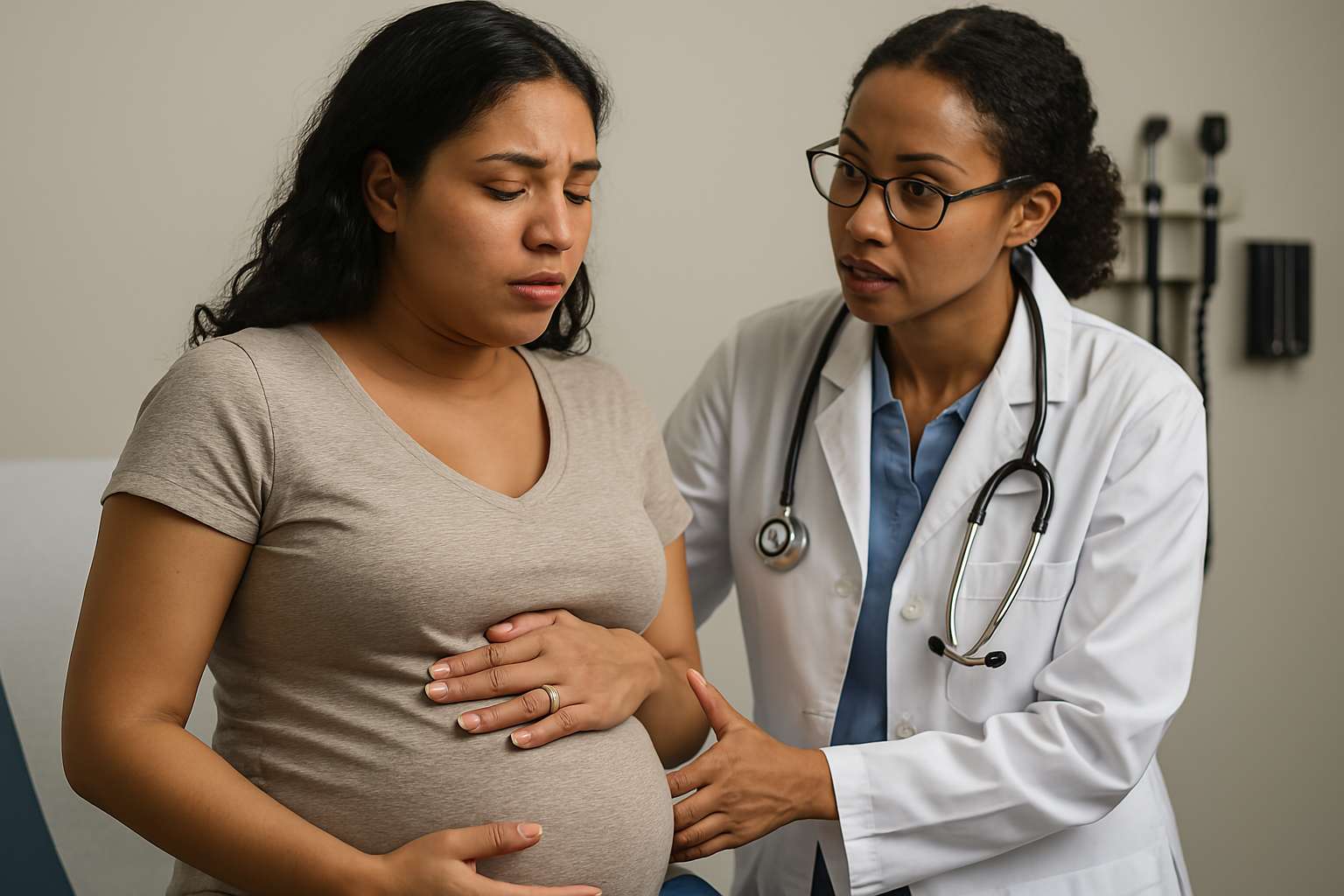Global Maternal Mortality Declines, But Aid Cuts and Global Inequities Pose Threats
The report, titled "Trends in Maternal Mortality," reveals the continued high risk of maternal deaths, with an estimated 260,000 women dying annually due to pregnancy and childbirth complications.

On World Health Day, a new report from the United Nations highlights a significant achievement in global maternal health: a 40% reduction in maternal deaths between 2000 and 2023. Despite this progress, the UN warns that the pace of improvement has slowed, and unprecedented aid cuts threaten to reverse these gains. The report, titled "Trends in Maternal Mortality," reveals the continued high risk of maternal deaths, with an estimated 260,000 women dying annually due to pregnancy and childbirth complications. This amounts to one death every two minutes, underscoring the urgency of action.
The Slowdown in Progress
While the global maternal mortality rate has dropped significantly, progress has stagnated since 2016. The decline has slowed considerably, and the most recent data show that the pace of improvement is insufficient to meet global targets. Several factors are contributing to this slowdown, including a lack of funding, resource constraints, and political instability in key regions where maternal mortality rates remain alarmingly high.
Sub-Saharan Africa remains the hardest-hit region, accounting for about 70% of global maternal deaths in 2023. Though there have been notable gains in maternal health within this region, poverty, armed conflicts, and underdeveloped health systems continue to impede progress. In countries like Chad, the Central African Republic, and Nigeria, maternal mortality rates are particularly devastating. For example, in Chad, a young girl has a 1 in 24 chance of dying from maternal causes during her lifetime, a stark contrast to 1 in 593 in more stable nations.
Impact of Humanitarian Aid Cuts
The UN report draws attention to the severe impact of aid reductions, especially in fragile and conflict-affected areas. Humanitarian funding cuts have led to the closure of health facilities, loss of trained health workers, and disruption of critical medical supplies. This has especially affected services that help prevent complications such as hemorrhage, pre-eclampsia, and malaria, all major contributors to maternal deaths.
As maternal care systems collapse in many parts of the world, particularly in areas experiencing conflict or natural disasters, pregnant women are being left without essential care. The UN is urging countries to not only maintain but also increase funding to maternal health programs to avoid further backsliding in the fight to reduce maternal mortality.
COVID-19's Devastating Effect
The report also examines the lasting effects of the COVID-19 pandemic on maternal survival. The pandemic disrupted health systems worldwide, causing a 14% spike in maternal deaths in 2021 alone. This increase was attributed not only to COVID-related complications but also to the widespread interruption of maternity services. Pregnant women were often unable to access routine care, and emergency services were stretched thin. The report emphasizes the importance of ensuring access to maternity care during health crises, highlighting that reliable access to both routine and emergency services is crucial for maternal survival.
Addressing Global Inequities
The report also addresses the ongoing inequalities in maternal health outcomes. While some regions, like Australia, New Zealand, and parts of Asia, have made substantial progress in reducing maternal mortality, others, particularly in Africa, have been left behind. The data shows that maternal health outcomes are closely linked to broader issues of poverty, access to education, and social inequalities.
Women in conflict-affected regions, especially those in refugee camps or displaced communities, are at a particularly high risk of maternal death. The report emphasizes the need for targeted interventions that address the root causes of these inequalities, such as better access to education, improved family planning services, and addressing non-communicable diseases like anemia and malaria, which disproportionately affect women in these settings.
Global Health Leaders Call for Immediate Action
Dr. Tedros Adhanom Ghebreyesus, Director-General of the World Health Organization, noted that despite the progress shown in the report, pregnancy remains a dangerous prospect for many women worldwide. "Solutions exist to prevent and treat the complications that cause the vast majority of maternal deaths," Dr. Tedros said. "But we must do more to ensure access to quality maternity care, and we must strengthen the underlying health systems and reproductive rights of women and girls."
Dr. Natalia Kanem, Executive Director of the UNFPA, emphasized that the maternal health crisis is not just a medical issue but a human rights issue. "Access to quality maternal health services is a right, not a privilege," Dr. Kanem said. "We must work together to build health systems that protect every pregnant woman and newborn."
A Call for Investment
The report stresses the need for urgent investment in maternal health, particularly in regions with the highest maternal mortality rates. There is a critical need to boost the midwifery workforce, enhance supply chains, and invest in the data needed to understand which women are most at risk. Without these investments, the world will struggle to meet the UN's Sustainable Development Goal for maternal survival by 2030.
Current trends indicate that the world is off track to meet the SDG target for maternal survival. The maternal mortality ratio needs to decline by around 15% each year to meet the 2030 target. However, with current annual rates of decline hovering around 1.5%, the target seems increasingly out of reach without substantial intervention.
Conclusion: A Global Responsibility
The UN's report serves as both a reminder of the progress made in maternal health and a call to action to address the disparities that persist. Ensuring that every woman, regardless of where she lives, has access to safe pregnancy and childbirth services is an urgent global responsibility. By prioritizing maternal health, strengthening health systems, and ensuring women’s rights are protected, the world can work toward a future where every mother and child survives and thrives.
- READ MORE ON:
- World Health Day
- Dr. Tedros Adhanom Ghebreyesus










